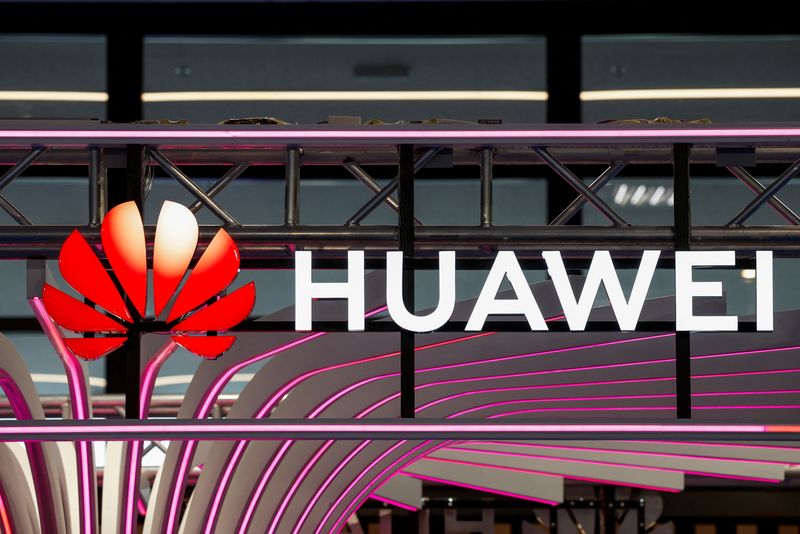Factbox-Key products in Huawei’s AI chips and computing power roadmap
By Che Pan and Brenda Goh
BEIJING (Reuters) -China’s Huawei has ended years of secrecy to detail its product roadmap for chips and computing power systems, discussing for the first time how it intends to challenge global industry leader Nvidia.
Here are some highlights from Huawei’s presentation:
ASCEND ARTIFICIAL INTELLIGENCE CHIPS
The Ascend series is Huawei’s main competitive offering to Nvidia’s AI chips and its current chip on the market is the Ascend 910C.
Huawei is planning three new series over the next three years, namely the Ascend 950, 960 and 970, with the 950 to be launched in the first quarter of next year.
There will be two types of Ascend 950 chips, the 950PR and 950DT, with the former suitable for the prefill stage of inference and to run recommendations, while the latter will be optimised for the decode stage of inference and model training.
The Ascend 960 will have twice the computing power and memory capacity of the 950 and the company aims to go even higher with the 970.
Huawei, which is barred from working with the world’s top chip foundry TSMC by U.S. export controls, did not say who will manufacture its chips. However, analysts say the company works with chip equipment suppliers and China’s largest foundry, Semiconductor Manufacturing International Corp.
HIGH BANDWIDTH MEMORY
Huawei said it now has its own proprietary high-bandwidth memory – technology currently dominated by South Korea’s SK Hynix and Samsung Electronics.
The Ascend 950PR will integrate Huawei’s HBM chip called HiBL 1.0
Huawei says its HBM chip is more cost-effective than industry-leading HBM3E and HBM4E, providing 128 Gigabytes (GB) of memory and delivering 1.6 terabytes (TB) per second in memory bandwidth.
Ascend 950DT will feature a higher-performance HBM chip called HiZQ2.0, providing 144 GB of memory and 4 TB/s memory bandwidth.
SUPERNODE AND CLUSTERS
Huawei has been using cluster computing which puts multiple computers or “supernodes” to work together in order to improve the performance of its chips.
Its current main product is the Atlas 900 A3 SuperPoD, a system which uses 384 of Huawei’s latest 910C chips and which one industry expert says rivals some of Nvidia’s most advanced offerings. In June, Huawei showed off the system and the cloud service that runs on it, CloudMatrix 384, at a key industry show.
Huawei plans to introduce the Atlas 950 SuperPod in Q4 2026. The system will pack 8,192 Ascend 950DT chips and comprise 160 cabinets — 128 compute cabinets and 32 communications cabinets —deployable in a 1,000 square meter space (10,764 square feet).



Leave a Comment
Your email address will not be published. Required fields are marked *